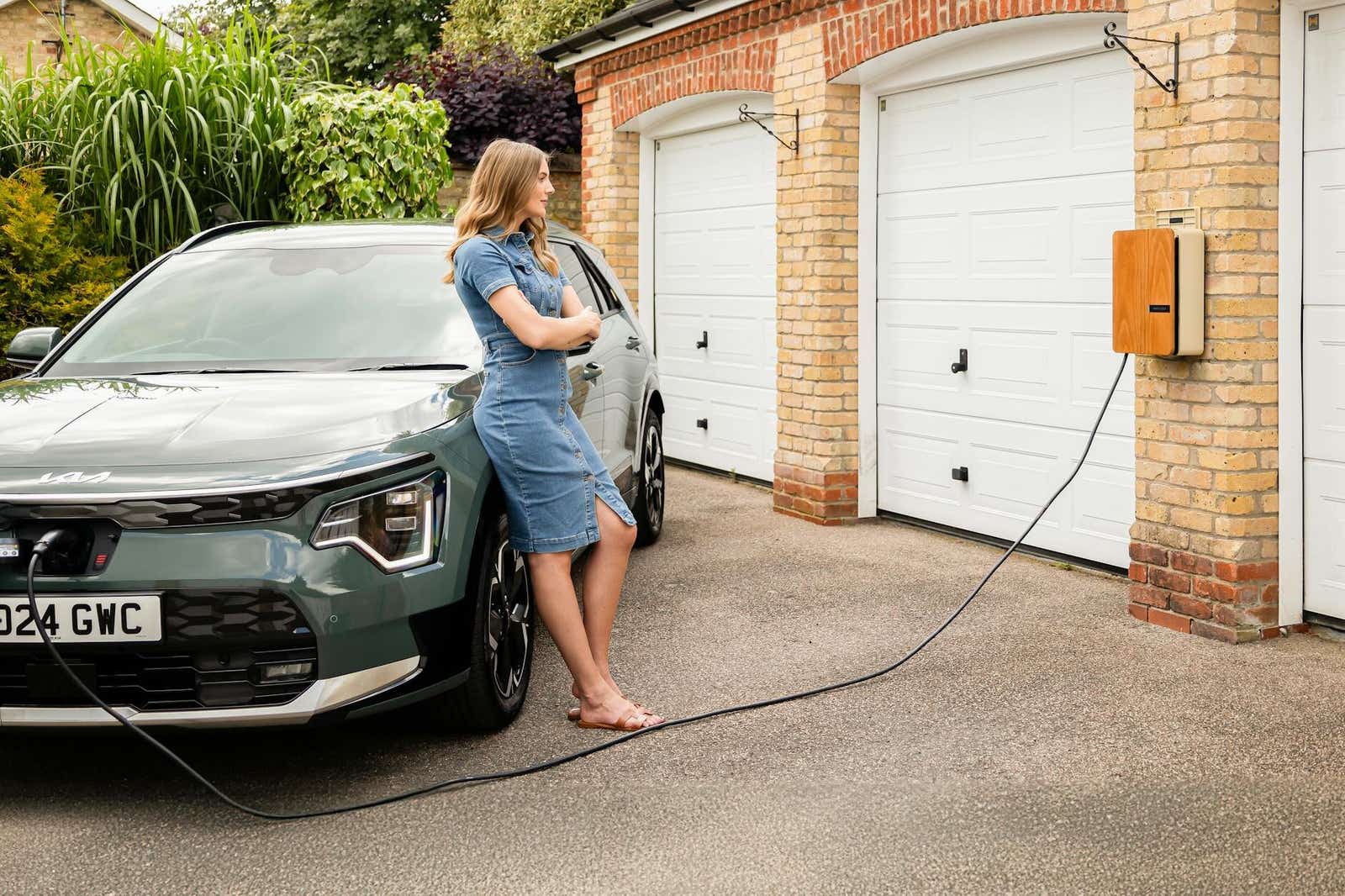How is EV car tax changing in 2025?


How much tax will EV drivers pay?
From 1 April 2025, EV drivers are required to pay the following tax amounts.
- Electric, zero, or low-emission cars registered on or after 1 April: You'll pay £10 from April 1st, and then a standard rate of £195 from the second payment onwards.
- Electric, zero, or low-emission cars registered between 1 April 2017 and 31 March 2025: You'll pay the standard rate of £195.
- Electric, zero, or low-emission cars registered between 1 March 2001 and 31 March 2017: You'll pay £20 for these vehicles.
Why are EVs being taxed?
As EVs become more popular, VED and fuel duty is likely to drop. The tax revenue from fuel duty and VED accounts for 4% of the entire tax revenue in the UK. So the government is looking at ways to fill the £35 billion tax black hole that could be left when more people buy EVs.
The demand for electric vans and cars has increased over the past few years. In fact, retailers sold over 382,000 electric cars in 2024 - up by a fifth on the previous year. But motorists could be put off buying EVs because of the new tax.
What other costs are there for EV owners?
The new tax isn't the only cost EV owners have to think about:
- Upfront cost: EVs are expensive to buy. This is one of the major barriers for most people when thinking about splashing out on an EV. But it's unlikely they'll always be so pricy as the market slowly shifts to more affordable models
- Charging: It's cheaper to charge a car at home than pay for petrol. But this could mean your overall electricity bills rise
- Electric vehicle insurance: As it stands, a brand new EV is pricier to insure than a new petrol or diesel car. This could be because sourcing and replacing the parts are more expensive
- Maintenance: Luckily EVs don't tend to require as much maintenance as their petrol and diesel counterparts. But you'll still need to get the tyres and brake pads checked, and potentially get a fluid replacement. It's always worth checking with your local garage to get an idea of how much you'll pay for EV repairs.
What is the government doing to help the UK’s EV uptake?
As EVs start to take centre stage, let's take a look at what the government are doing to help uptake:
More charging points
Making sure there's enough charging points to support the amount of EVs is crucial. As of April 2025, there were nearly 80,000 public chargers in the UK.
Not only that, but there are 24/7 helplines and up-to-date charge locations. There's also the option to use contactless payment at charge points in public spaces.
In February, the government announced that over 1,400 electric charging sockets have been installed in schools and colleges in the UK since March 2024. The government has also extended the home and workplace chargepoint funding for another year. That's good news for school staff and EV drivers, as charging gets more convenient.
The government has said there's £200 million aside for the chargepoint rollout and £36 billion of private investment in the pipeline. So the number of EV chargers in the UK should expand over the next few years.
Chargepoint grants
There's also a number of grant schemes to support these new charge points. You might be eligible to apply for one if:
- You own a flat
- You're a renter
- You live in a house with on-street parking.
There are also chargepoint and infrastructure grants available for:
- Business staff and fleet car parks
- Landlords, including car parks
- Workplaces and schools (or educational institutions).
Additionally, the Local Electric Vehicle Infrastructure (LEVI) provides funding for local councils in England to put charging infrastructure in place. The previous government also planned a Rapid Charging Fund (RCF) to up the number of charging points at motorway service stations.
Low-emission zones
If you're someone who drives in London, you're probably already aware of its ultra-low-emission zones (ULEZ). Recently ULEZ has expanded to cover most of the capital, but you'll also find them in cities including:
- Bath
- Birmingham
- Bradford
- Bristol
- Portsmouth
- Sheffield
- Tyneside - Newcastle and Gateshead.
Helping electric vans, wheelchair-accessible vehicles and taxis make the switch
The government has also announced £120 million in funding to make switching to 'cleaner' vans, wheelchair-accessible vehicles, and taxis faster and cheaper.
- For vans and trucks: The plug-in grant is being extended for another year. The grant helps drivers and businesses transition to zero-emission vehicles. They could receive a grant of up to £2,500 for a new small van, and up to £5,000 for larger vans up to 4.25 tonnes.
- For taxi drivers: A £4,000 grant is available to buy an iconic zero emission black cab or other electric cab model.
This is all part of the overall £2.3 billion fund to help industries and consumers switch to electric vehicles.